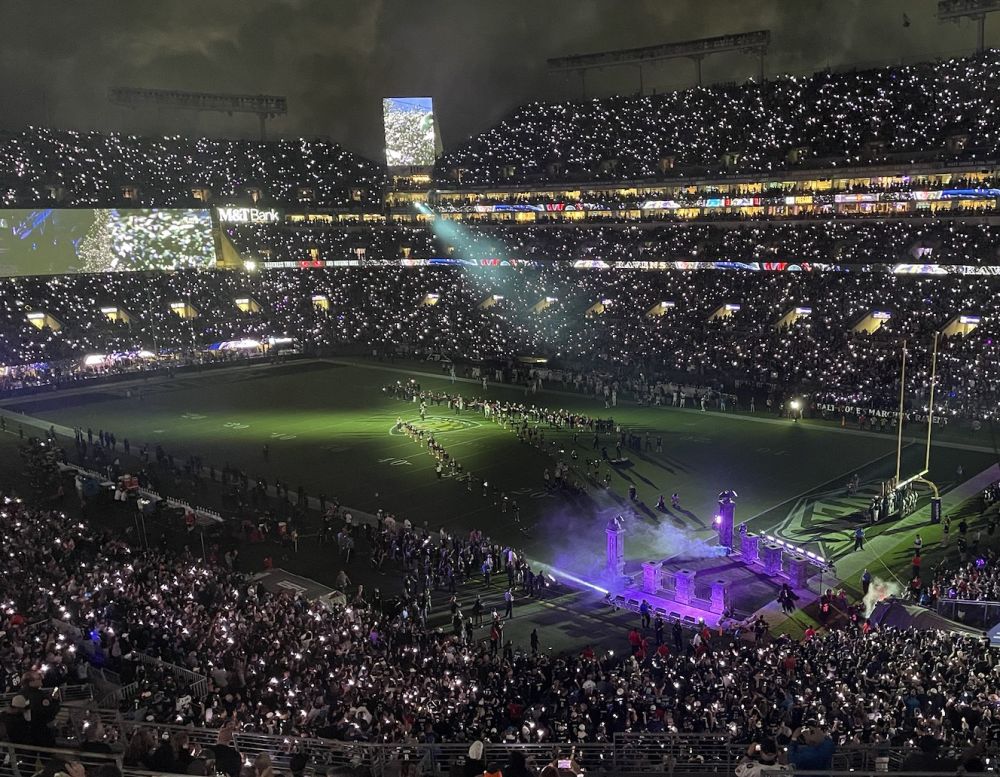The first six months of Mike Elias’ tenure as Orioles general manager represented the soft opening.
That’s not to say Elias hasn’t been hard at work building the infrastructure of a 21st-century baseball operations department, but the advances in technology and analytics as well as the foundation being laid internationally were prerequisites for his mid-November hiring. Brandon Hyde was a perfectly reasonable choice as manager, but the greatest skippers in baseball history wouldn’t win with this current group, making that decision difficult to evaluate and not all that critical in the present if we’re being honest. Elias’ earliest player acquisitions have brought a predictable mix of modest intrigue (Pedro Severino and Dwight Smith Jr.) and inconsequential failure (Nate Karns and Dan Straily).
The 18-41 start to 2019 has been miserable to watch on a nightly basis, but it was expected for an organization that was reduced to rubble last season. In the long run, the Orioles being on track to secure the No. 1 overall pick in next year’s draft — they own the majors’ worst record and worst run differential — is a better outcome than a big-league roster lacking meaningful future pieces playing above its capabilities and still being no more than a below-average team while worsening draft position.
The first meaningful judgment of the Elias era begins Monday when the Orioles will make the first overall selection in the amateur draft for just the second time in club history. The top pick is as much symbolic as it is critical for a fan base in need of some light at the end of a dark, cold tunnel of losing. Baltimore will have the first opportunity of the 30 major league clubs to secure a cornerstone player, but we know the volatility of the baseball draft doesn’t discriminate as even model organizations — like Elias’ former team in Houston, for example — are prone to significant misses.
Still, this top pick will undoubtedly begin shaping the 36-year-old executive’s resume away from Jeff Luhnow, whom he worked for in St. Louis and with the Astros.
“I don’t look at it that way at all. It’s a draft. There’s a menu of players at the top of the draft,” said Elias when asked if this first selection would define him. “It’s kind of different every year, so there’s only so much control that I have over who’s available and the type of player it is. But in terms of defining the player having gone first, I do think it’s a really dramatic thing for a player to be the first pick.”
In reality, the potential selection of Oregon State catcher Adley Rutschman, high school shortstop Bobby Witt Jr., or even an under-slot curveball like Vanderbilt outfielder JJ Bleday won’t be the be-all and end-all for the rebuilding process or even for the 2019 draft. The Orioles were 28-69 last season before dealing Manny Machado at the All-Star break, which is the only reminder you need that one player — even a great one — means only so much to a team’s fate. It would be more fruitful for Elias to come away with a collection of legitimate prospects over the next few days rather than putting all hope in the chances of the first pick being a generational talent and coming away with nothing else of significance.
For perspective, the 1973 amateur draft brought Hall of Famer Eddie Murray (third round) and 1979 Cy Young Award winner Mike Flanagan (seventh round) despite first-round pick Mike Parrott appearing in only three games for the Orioles. In 1978, Baltimore drafted Hall of Famer Cal Ripken (second round) and future 20-game winner Mike Boddicker (sixth round) despite first-round pick Robert Boyce never advancing beyond Single A. In other words, as much as Elias and the Orioles want to nail the first pick, there are multiple paths to a fruitful draft with thorough scouting, savvy use of data, and some luck along the way.
It remains to be seen whether the top pick will indeed be Rutschman, the overwhelming consensus choice among draft pundits. Some pointing to the expected lengthy timeline of the Orioles’ rebuild have argued Witt as the better choice when factoring his age and the projected longevity of a shortstop compared to a catcher. Others wonder if Elias might try to duplicate the strategy of the 2012 draft in which the Astros surprisingly drafted future All-Star shortstop Carlos Correa, signed him well below slot, and used the savings in their bonus pool to sign a few more high-school talents who were otherwise prepared to go to college.
Viewed as one of the better young minds in the game long before coming to Baltimore, Elias was hired for this very moment, which is why his decision should be trusted. Naturally, it won’t take long for the second-guessing to begin if the player he selects struggles and the talent on which he passes pops quickly for other clubs, but that’s just the nature of the business.
Fans suffering through another miserable season will dream of the Orioles selecting their next Hall of Famer Monday night, but there are no guarantees. Plenty of “can’t miss” prospects turned out to be busts while some of the game’s greatest players were passed up multiple times by every team, making the rest of the draft that much more important.
But this first pick will be the first decision on which Elias is really judged, even if he doesn’t want to overstate its significance to the big picture.
“There’s different ways of looking at it, and you would be surprised when you get into a draft room and you have 30 people weighing in, the lack of consensus that can occur,” Elias said. “We hear all about how we think about things. We probably overthink about things too much, but it’s a big decision, so we’ll do the best we can.”


























